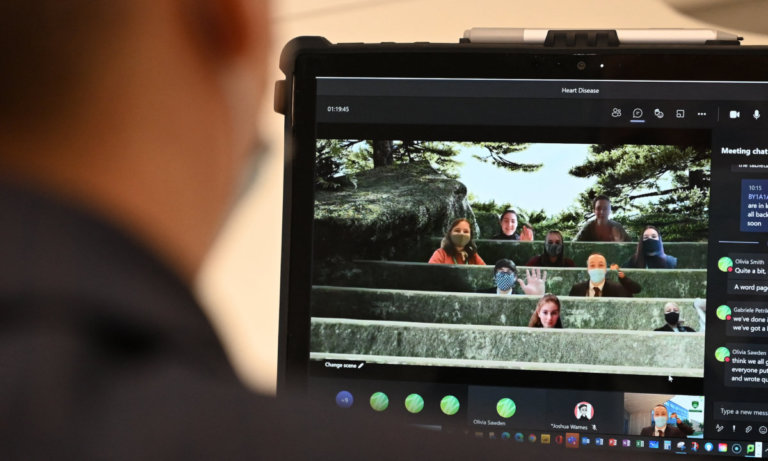
As a billion-dollar industry, “online learning” is an advancement in tertiary education — but say the term in 2021, and you would likely draw groans from international students. To those who have had no choice in the matter, switching to a fully-online programme unexpectedly continues to alter their university experience. Here’s a look at the good and bad, according to international students.
i appreciate professors that understand the struggles of college students (online & during a pandemic) 🥺
— amber🧝🏽♀️ (@lilsusgrl) August 23, 2021
The good: Positive community support
Online classes can take 40 to 60% less time than in-person classes. Combined with the flexible nature of online programmes, it has widened tertiary education options for those unable to leave their home country. At the same time, students know that the quality of delivery varies greatly between universities and the people within its communities.
Alison Thom, Manager of Teaching and Education at the Crawford School of Public Policy, remarks that remodelling online learning frameworks for the pandemic required communicating a level of certainty. When done well, online learning can aid the formation of supportive informal communities, as well as the “rapid increase in skill” among self-starting students. “First, [institutions must have] a very clear idea of what the student experience should be, and what our commitment is to that,” she says.
@MindShiftKQED: “The number one skill is listening,” says Wendi Pillars about making sketchnotes. This style of note taking is helping students stave off Zoom fatigue, while giving them more agency over how they take notes. https://t.co/SyVyWfUGqO
— JoAnn Delaney (@JdelaneyJoAnn) August 18, 2021
The bad: Online learning compromises student experience
In the US (where 13,000 institutions taught online in spring 2020), two-thirds of first-year students struggled with online learning, according to a new ACT report. Not only did they have trouble finding motivation, they also struggled to retain information and grasp concepts without the “hands-on” experience expected at tertiary level. A further 82% expressed concern that pandemic online learning would jeopardise their academic success; most believe the impact would be long-lasting.
Such issues are echoed around the world, where online learning has exposed inequalities of access among students. Laptop and connectivity issues make it hard for many to follow lessons. Then there’s the time zone issue; students signing into virtual classrooms from the other side of the world turned their schedules upside down to accommodate classes, groupwork, and assignments in their home life.
Does every grad student have 10 zoom meetings a week???
IS it just me??? The international collabs r fun but the time zone stuff is killing me
— Justin Stewart (@thecrobe) August 26, 2021
As much as we try to recreate connections virtually, some lessons must take place in person — especially those requiring live feedback and collaboration. On top of that, students are easily fatigued by the sheer number of video calls and catch-ups they have to do to substitute all that missing interaction.
Online learning also does not account for lab work, which has complicated postgraduate studies for international students locked out from their universities. Research candidates have described how they have been forced to abandon their work, and question what it means for their academic progress.
Compounding this is the exhaustion of students who have been begging to be let back into education hubs like Australia and China. For example, Indian medical students locked out of China were “completely missing out on practicals”. Study International spoke to numerous students who were at their wits end despite online learning concessions, yet remain hopeful to resume their studies soon. The perks of online learning can never replace their life on campus.
My research started 4 years ago with my Master’s Degree. I was about to reach the apex of it with my PhD and now I’m forced to drop out. Research is something so specific it can’t be done elsewhere. Future ruined as well as my past#takeUsBackToChina
— Pietro (@Pietro40914291) August 17, 2021










